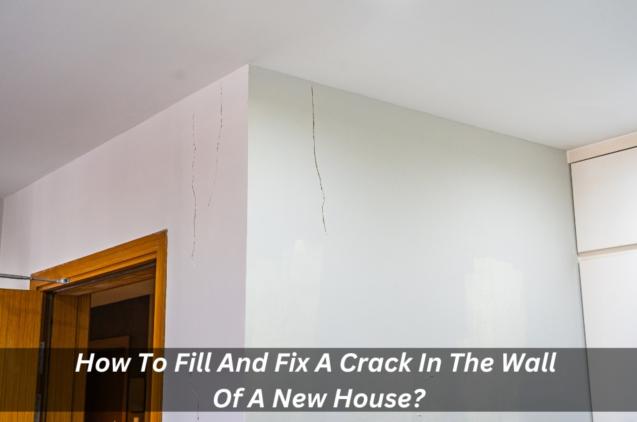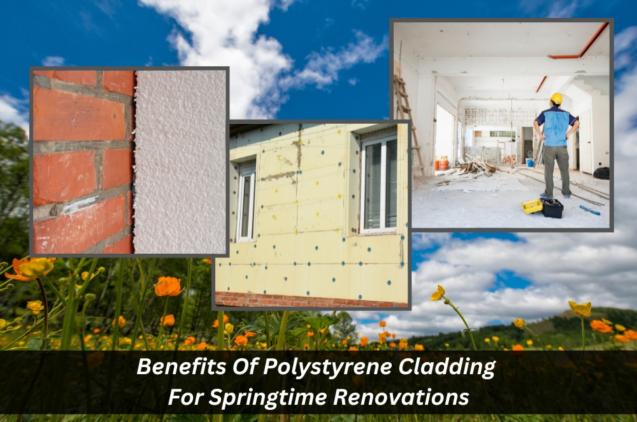
What Are The Different Types Of Plastering Materials?
Plastering is a process of applying coats of material to a wall, ceiling or floor surface in order to create a smooth and level finish. It is usually done with cement-based materials such as Portland cement, lime or gypsum plaster. The material used in plastering is applied using a variety of tools like trowels, floats and brushes. Plastering can be used to create interior and exterior finishes for both residential and commercial buildings.
Cement rendering is a widely used plastering technique in the construction industry, which entails the application of a thin layer of mortar mix over an already-present brick or masonry wall. After drying, the wall is then coated with a second layer for a more even finish. Rendered finishes are usually quite durable and cost-effective compared to other types of plastering materials.
Stucco plastering is another popular choice for interior walls because it provides a smooth-cast finish that can easily be painted over once dry. Gypsum plasters are also often used in creating fine details on walls and ceilings since they provide an exceptionally smooth surface when dry. In addition to these, there are also various other types of plaster finishes such as sand-faced finish, rough surfaces, steel straight edge, etc., which can be used depending on the requirements of the project at hand.
No matter what type of finish you choose for your project, it’s important to ensure that you prepare the area properly before beginning any work so that you get an even and levelled surface after applying the coat(s) of plaster. Once complete, make sure to carefully inspect your plastered surface using a wooden float or steel straight edge to ensure you've achieved the desired result before. For anyone who knows the proper texture coating method, it can be an alternative to paint.
Cement Plaster
Cement plaster is a type of plastering material that is commonly used in the construction industry. It is a mixture of cement, sand and water that is applied to walls and ceilings in order to create a smooth and level finish. The application process involves the use of trowels, floats, brushes and other tools to ensure uniformity and accuracy when applying the coating.
Cement plaster is usually laid as a two-part system consisting of an initial scratch coat followed by a finishing coat for added protection and durability. The scratch coat typically consists of cement mixed with a coarse aggregate such as sand or gravel while the finish coat contains finer materials like lime or gypsum for a smoother surface. Once properly applied and dried, cement plaster can provide an attractive, long-lasting finish that can be painted over if required.
Lime Plaster
Lime plaster is a traditional material used in the construction industry for decades. It is composed of lime, sand and water and it is usually applied to walls and ceilings in order to create a more durable finish. Lime plaster provides a smooth, levelled surface that can be painted over or left natural depending on the desired look. The application process involves using a wooden float, steel straight edge and other tools to ensure uniformity when applying the coat of plaster.
Depending on the type of finish desired, different techniques are used such as sand-faced finish or rough-cast finish. Not only does lime plaster provide an aesthetically pleasing appearance but it also offers cost-effective protection against moisture and other elements. With proper maintenance and care, a plastered surface can last for many years with minimal need for repair or replacement.
Gypsum Plaster
Gypsum plaster is a type of plaster used in construction to provide a smooth, even surface over walls and ceilings. It is made from calcium sulfate hemihydrate, which is combined with water and sand to form a paste-like material. Gypsum plaster creates an even, durable finish that can be painted or left natural depending on the desired look.
It is typically applied with a trowel in multiple coats which are allowed to dry and set before the next coat is applied. Gypsum plaster does not require curing like traditional lime plasters and it also offers superior insulation properties.
With proper maintenance and care, gypsum plaster can last for many years without needing any major repairs or replacements.
Additionally, it can be used for a variety of applications such as creating ornamental effects or repairing damaged surfaces.
Clay and Mud Plasters
Clay and mud plasters are an ancient form of plastering materials used for a variety of construction projects. These materials are made from natural clay and mud, which are then combined with other ingredients such as straw and debris to form a thick paste-like material. Clay and mud plasters are often used to provide a durable finish on interior walls and ceilings, as well as exterior walls. They are also ideal for creating ornamental designs or patterns on walls and ceilings, such as swirls or geometric shapes.
Clay and mud plasters offer superior insulation properties compared to traditional lime plasters, making them a cost-effective choice when it comes to energy efficiency in the home. Additionally, they can be applied in multiple coats with a trowel or wooden float to create smooth finishes or rough surfaces depending on the desired effect. With proper maintenance and care, clay and mud plasters can last for many years without needing any major repairs or replacements.
Finish Coat Materials
Finish coat materials are an important part of the plastering process. They are used to create a smooth and even surface for painting or wallpapering. Common types of finish coat materials include cement plasters, gypsum plasters, lime plasters, and acrylic finishes. Cement plasters are made from a combination of sand, cement, and water and are used for interior walls and ceilings.
Gypsum plasters are formulated with natural gypsum crystals that can be combined with other additives to achieve different effects such as fire resistance or sound insulation. Lime plasters provide a breathable surface that is ideal for use in humid areas such as bathrooms and kitchens. Acrylic finishes are designed to be durable yet flexible, meaning they can cope with minor movements in the underlying structure without cracking or peeling off over time.
Before applying any type of finish coat material, it is important to ensure that the underlying surface is level and dust-free so that it can properly adhere to the substrate.



